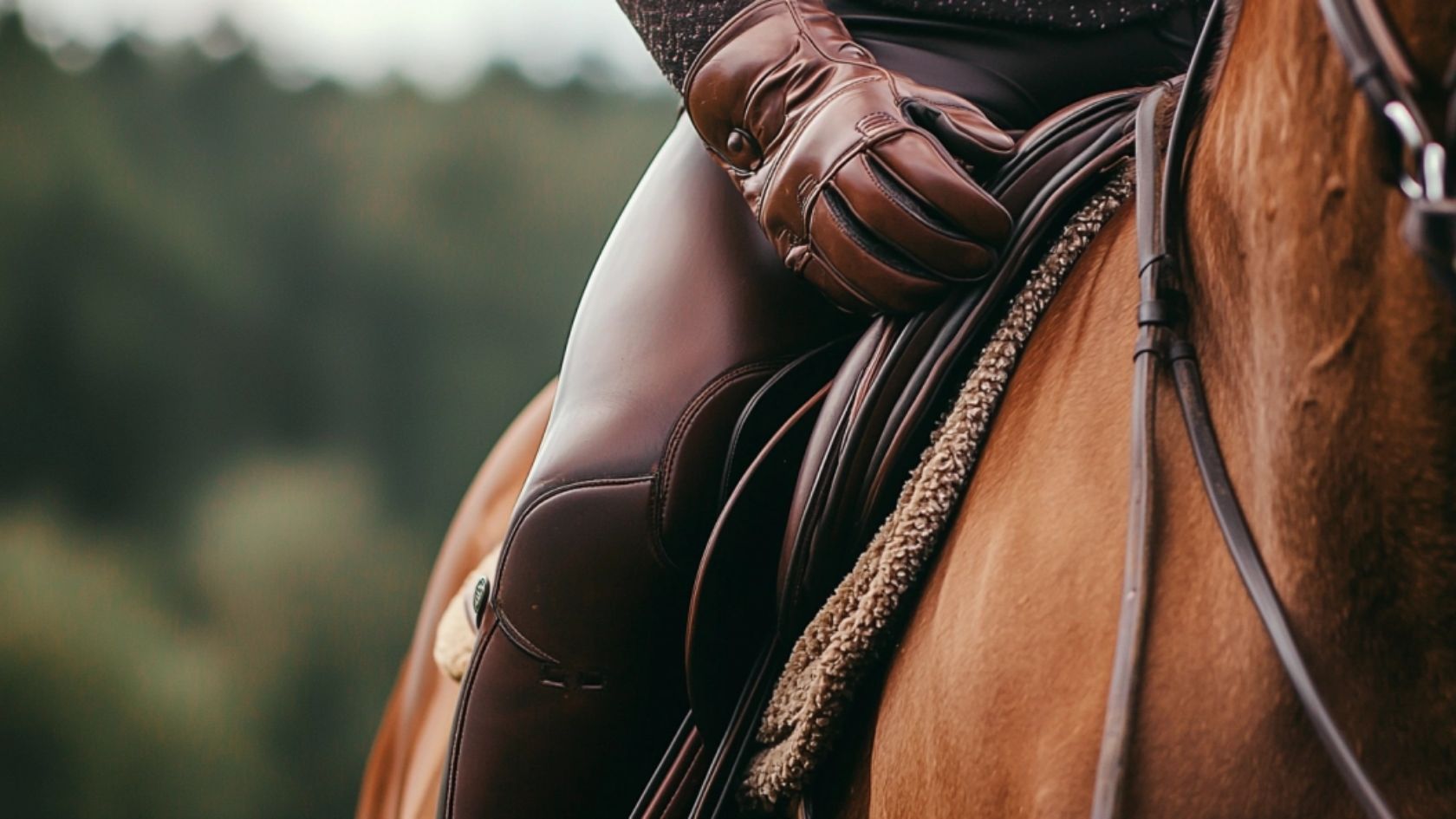Horse riding is a beloved sport and a unique bonding experience between rider and horse. Having the right gear is essential to ensure both comfort and safety. One often-overlooked piece of equipment is horse riding gloves.
Expert riders emphasize that gloves are not merely a fashion statement but an essential tool that enhances control, comfort, and safety. Whether navigating a challenging course or enjoying a leisurely ride, the right pair of gloves can make all the difference. The British Horse Society (BHS) has set rules highlighting the necessity of wearing suitable equipment, such as gloves, to ensure safety at all times. This post will delve into the importance of horse riding gloves, the types available, and tips for choosing the perfect pair for your needs.
Why Are Horse Riding Gloves Important?
Horse riding gloves are essential for several reasons:
- Grip and Control: Gloves provide a better grip on the reins, allowing for more precise control of your horse. A secure grip is crucial, especially during jumps or sudden movements.
- Protection: Riding can be a rough sport, and gloves protect your hands from blisters, chafing, and injuries. They also shield against the elements, keeping your hands warm in cold weather and protecting them from sun exposure.
- Comfort: Gloves designed for riding offer features like padded palms and breathable materials. This added comfort can enhance your overall riding experience.
- Style: Riding gloves come in various colors and designs, allowing riders to express their style while adhering to competition standards.
Types of Horse Riding Gloves
When it comes to horse riding gloves, there are several types to choose from, each designed for specific purposes:
- Leather Gloves: These are popular for their durability and excellent grip. Leather gloves mold to your hands over time, offering a personalized fit. They are great for all disciplines, from dressage to jumping.
- Synthetic Gloves: Made from nylon or spandex, synthetic gloves are often more affordable and easier to maintain. They offer good grip and flexibility, making them suitable for casual riding or training.
- Winter Gloves: Insulated winter gloves provide warmth without sacrificing grip for those riding in colder climates. Look for gloves with waterproof features for added protection against the elements.
- Competition Gloves: Designed specifically for show purposes, competition gloves are usually made of soft leather or synthetic materials that provide a refined look. They often feature a subtle design to comply with show standards.
- Bareback Gloves: These gloves are thinner and designed for riders who prefer bareback riding. They allow for greater sensitivity and feel, enhancing the connection between the rider and the horse.
Tips for Choosing the Right Horse Riding Gloves
Selecting the right pair of riding gloves can significantly impact your riding experience. Here are some tips to keep in mind:
- Fit: Ensure the gloves fit snugly but not too tight. You should be able to move your fingers freely without excess material bunching up.
- Material: Consider the climate and your riding discipline when choosing the material. Leather is great for durability, while synthetic materials may offer more breathability.
- Grip: Look for gloves with reinforced palms or silicone grips for added traction on the reins.
- Functionality: If you ride in varying weather conditions, consider gloves with features like waterproofing, insulation, or ventilation.
- Budget: While it can be tempting to opt for the cheapest option, investing in a quality pair of gloves can enhance your comfort and performance in the long run.
Horse riding gloves are more than just an accessory; they are an essential piece of gear that enhances grip, provides protection, and contributes to overall riding comfort. Investing in a quality pair of horse riding gloves is not just about style; it’s a crucial step toward enhancing your safety, comfort, and overall performance in the saddle.





